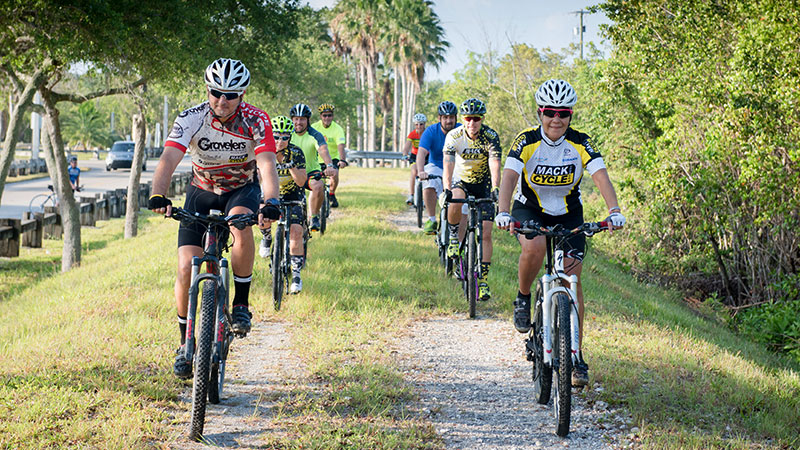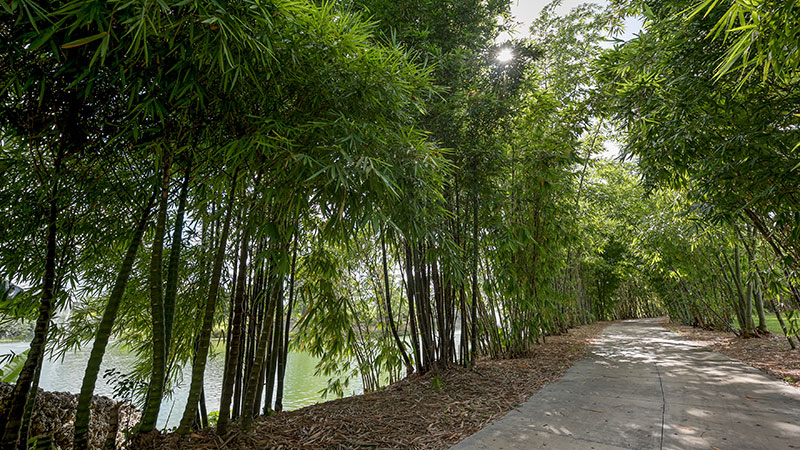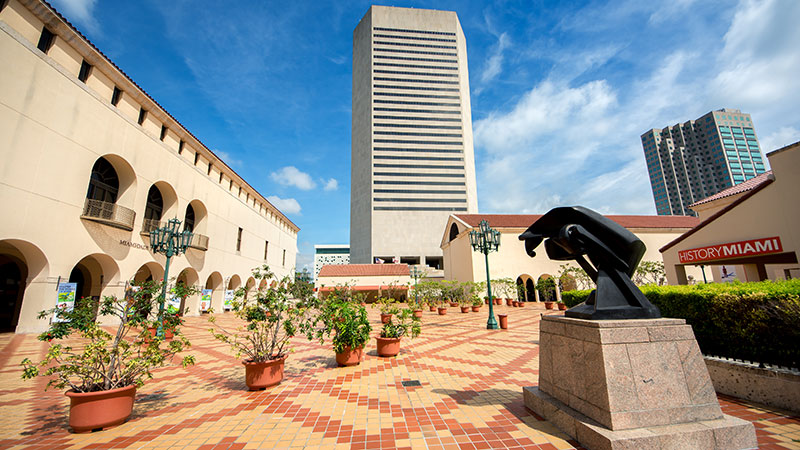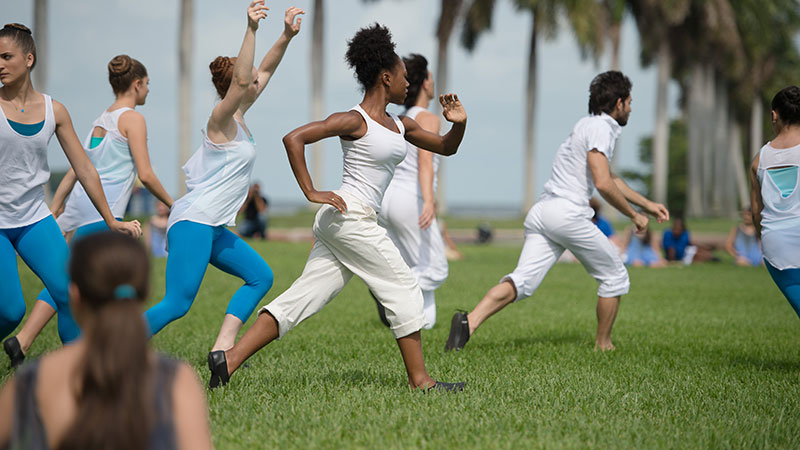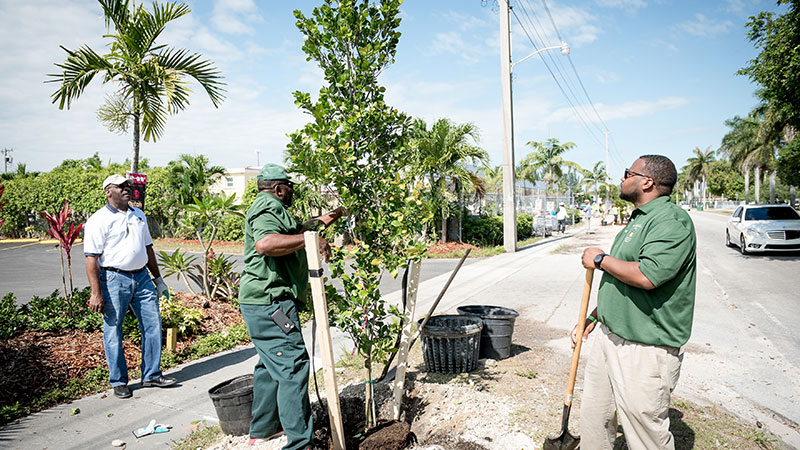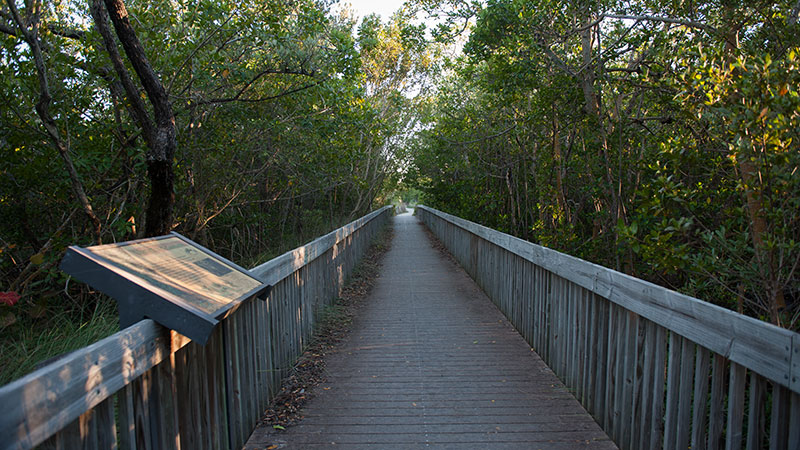Parks and Open Spaces Master Plan
The goal of this Master Planning process is to create a seamless, sustainable system of parks, recreation and conservation open spaces for this and future generations.
Community Leisure Interests Survey
The survey provides comprehensive, statistically valid measure of citizen usage, satisfaction, needs, unmet needs, priorities, and other services to assist in short and long-range decision making.
Take the survey- Every resident in the County can walk (within five minutes) to a central neighborhood park and civic space for picnics, special events, informal play and socialization.
- Every resident can safely and comfortably walk, bicycle, or take transit to community parks, recreation centers and special use/sports facilities.
- Parks provide for a balance of active and passive uses.
- The County Parks Department works with every municipality and the school district to provide public access to schools, city parks and County recreation areas.
- Equitable public access is provided to lakes, beaches and other major natural features.
- Conservation areas and critical habitat are protected from over-use and negative impacts.
- An interconnected network of shaded and safe bikeways and trails connect to parks, neighborhoods, schools, employment centers, civic buildings, and other community destinations.
- Existing streets are transformed into tree-lined boulevards and parkways that define the County's urban form.
- Bus transit is provided to every park and civic site.
- Public art, signage and cultural/historical exhibits are integrated into every park and public realm/infrastructure project to "tell the County’s story" and to create a sense of place.
- The County's significant cultural and historical sites are protected, maintained, and promoted.
- Park improvements are used as catalysts for neighborhood stabilization and/or redevelopment.
- Parks are designed to reduce energy and water consumption, and to serve as models for sustainable development countywide.
- Parks are designed to be flexible in order to accommodate ever-changing recreation trends and demographics.
- Residents of surrounding neighborhoods are engaged in the planning and design of each park.
- Seamlessness
- Every element of the County, including neighborhoods, parks, natural areas, streets, civic centers and commercial areas, should be connected without regard to jurisdiction.
Beauty- Every public space, including streets, parks, plazas and civic buildings, should be designed to be as aesthetically pleasing as possible, and to complement the natural and cultural landscape.
Access- Every resident should be able to safely and comfortably walk, bicycle, drive and/or ride transit from their home to work, school, parks, shopping and community facilities.
Equity- Every resident should be able to enjoy the same quality of public facilities and services regardless of income, age, race, ability or geographic location.
Sustainability- Every action and improvement of the Park System, including facilities, programs, operations and management, should contribute to the economic, social and environmental prosperity of the County.
Multiple Benefits- Every single public action should generate multiple public benefits to maximize taxpayer dollars.
- Below are several plan document files pertaining to different programs and divisions within the Miami-Dade Parks, Recreation and Open Spaces Department system.
- Working together to form a coalition of:
- City parks in Miami-Dade County
- County parks in Miami-Dade County
- State parks in Miami-Dade County
- Federal parks in Miami-Dade County
- Non-profit partners
- If you are interested in sponsorship of the Great Park Summit, please contact the Office of Business Development & Fundraising at 305-755-7804.For corporations and foundations sponsoring this event, please make checks payable to:Miami-Dade Parks & Recreation275 NW 2nd StreetMiami, FL 33128Attention: Susan Ervin
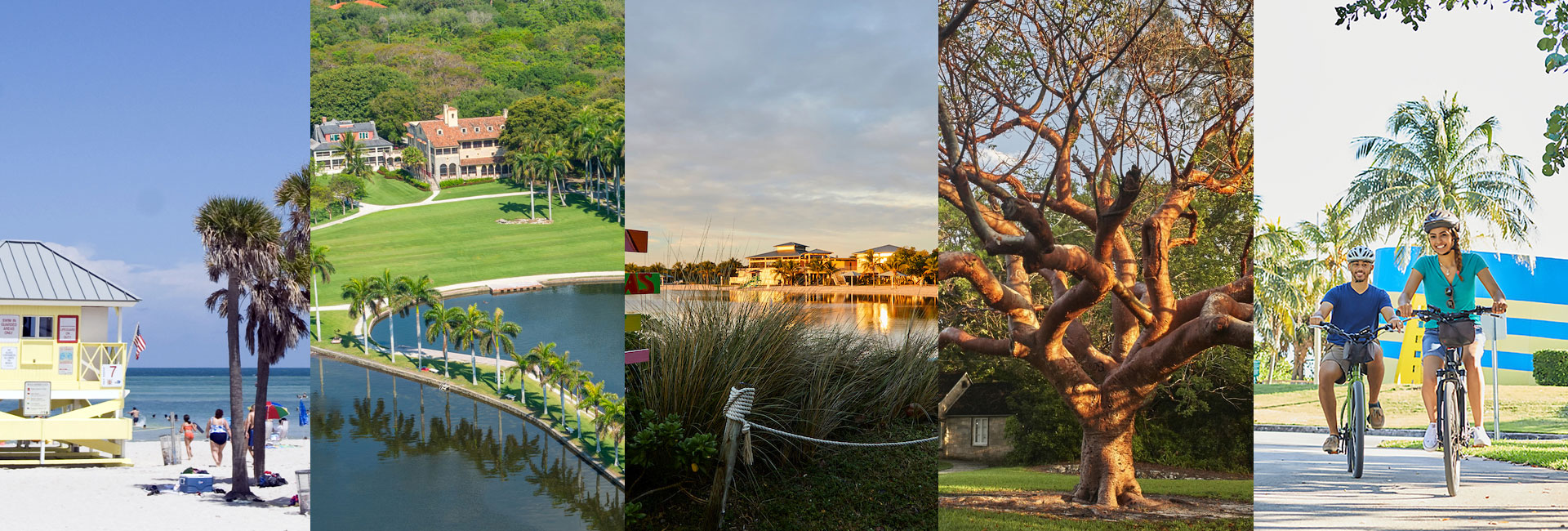
Parks, Recreation and Open Spaces
Maria I. NardiDirector
Hickman Building
275 NW 2nd Street,
Miami, FL 33128
305-755-7800

